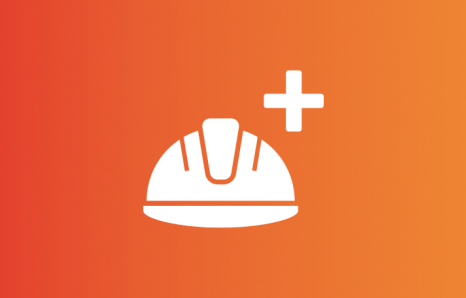Technological innovation in the automation of vehicles is progressing faster than standards or regulatory bodies can keep up with. The overall market share for automated vehicles is expected to increase to approximately 40% of vehicle travel by 2040. However, automated driving is fundamentally different to manual driving. The driver must be prepared to take over control of the vehicle whenever necessary. This shifts the driver’s role from being actively engaged in the driving task to that of a passive supervisor of the system. Studies on cognitive workload and performance show how humans who are overburdened tend to hurry their performance; commit more errors and become frustrated and fatigued. However, humans who are underworked can exhibit many of the same symptoms. This presentation discusses the implications of automated driving on human performance and considers possible countermeasures.
You may also be interested in:

Melanoma skin cancer
Watch this talk on melanoma awareness and prevention. Learn how to protect your skin from harmful UV rays with simple tips like using SPF 30+ sunscreen, covering up, and spotting early signs such as changing moles. Featuring survivor David Bateson and Susanna Daniels, CEO of Melanoma Focus, this short session offers expert advice and personal insights to help you enjoy the sun safely.

Occupational hygiene within the rail industry: What can it do for you?
Too often we measure our exposure to harm only after that harm has happened. The RWA Occupational Hygiene Management Group talks about how it’s time for a new, proactive strategy, that helps us to avoid risks, ultimately to improve quality of life for our colleagues.

Solving the industry occupational health capability gap together
Hear from rail operators and experts about challenges around occupational health, followed by a lively discussion on what needs to change to unlock occupational health capability and what part you could play in making it happen.
